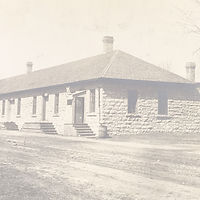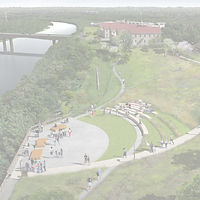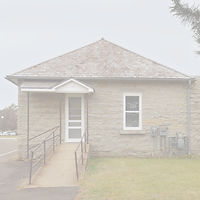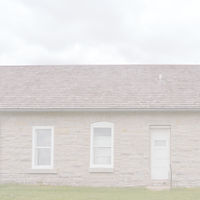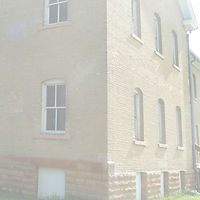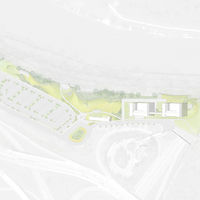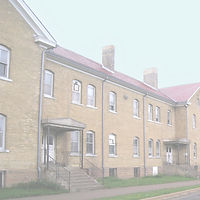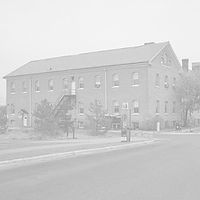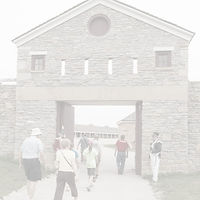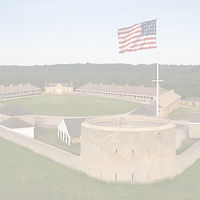FORT SNELLING VISITOR CENTER
Revitalizing a National Historic Landmark
"New History did a fantastic job at helping us solve design challenges and address unforeseen conditions during the construction phase."
- Matthew Keenan, Senior Designer, Leo A Daly

LOCATION
CLIENT
CONSTRUCTED
PROJECT DATE
PROJECT SCOPE
PROJECT BUDGET
PROJECT SIZE
Hennepin County, MN
Leo A Daly on behalf of the Minnesota Historical Society
1878, 1906, 1936, 1946-48
2015-2021
Predesign, "Historic Preservation Assessments," Historic Structure Reports (HSR), Section 106 and state preservation regulations, design guidance for historic preservation, condition assessments, window survey, construction oversight for historic preservation
$34.5 Million
33,000 (Visitor Center)
Navigating regulatory approvals helps clear a path forward for a complex project.
CHALLENGE
Fort Snelling may be the most celebrated and most contentious historic site in the state of Minnesota. The site is a National Historic Landmark (NHL) significant to both Native American and military history and is co-managed by a Joint Powers Authority and the Minnesota Historical Society (MNHS). In 2015, planning began for a revitalization of the site to include the adaptive reuse of two historic buildings as a new visitor center. The site’s historic designation and project funding sources meant that the project was subject to interconnected reviews by the National Park Service (NPS) and the Minnesota State Historic Preservation Office (SHPO). This ensured that its historic significance and character were preserved as two historic buildings were dramatically updated to create a new visitor experience.
SUCCESS
From predesign through construction, New History supported the project team led by Leo A Daly to create a project that met both stakeholder needs and regulatory requirements. New History completed in-depth historical research, provided design guidance based on preservation design standards and best practices, and worked to guide the project through complex regulatory reviews by the NPS and SHPO. During the design and construction phases, New History advised on the treatment and repair of historic materials and features. The age and condition of the building required intense collaboration with all team members to solve challenges throughout construction.

